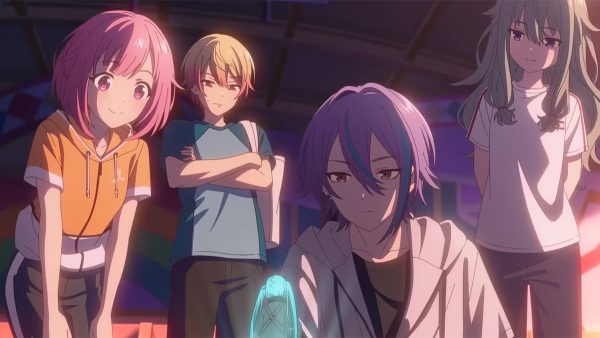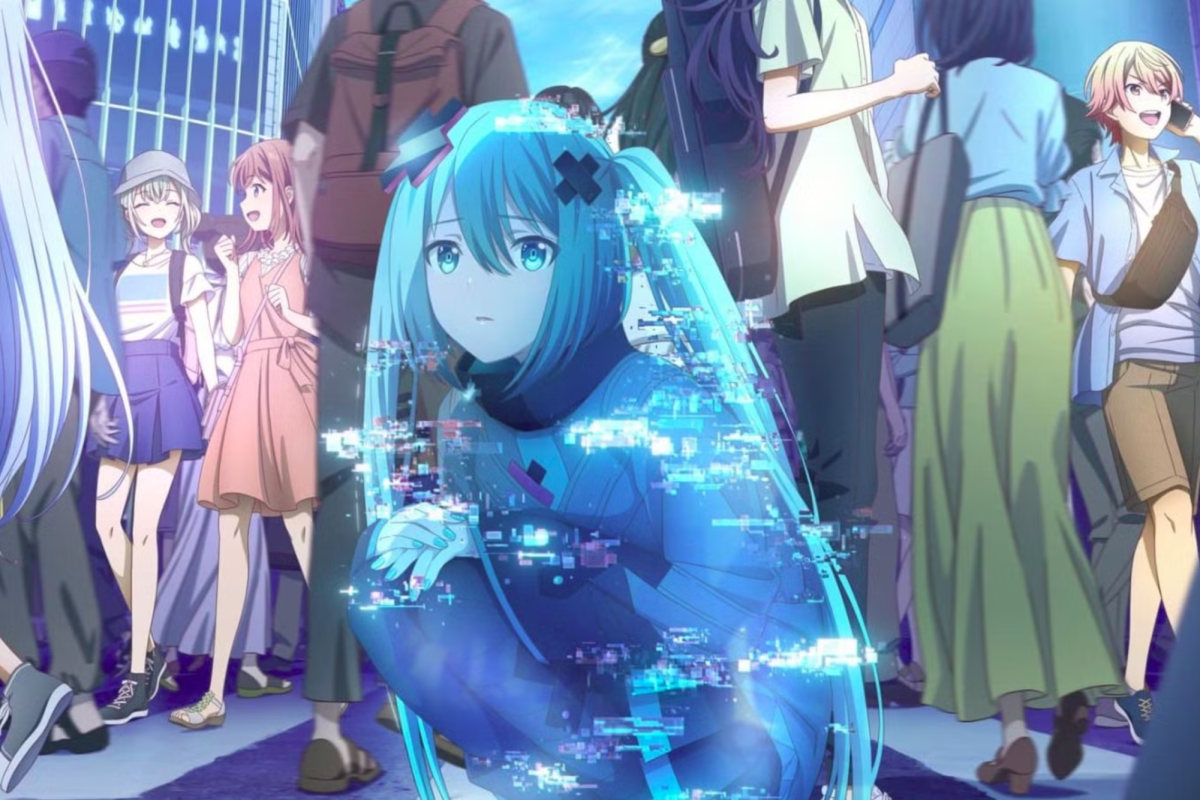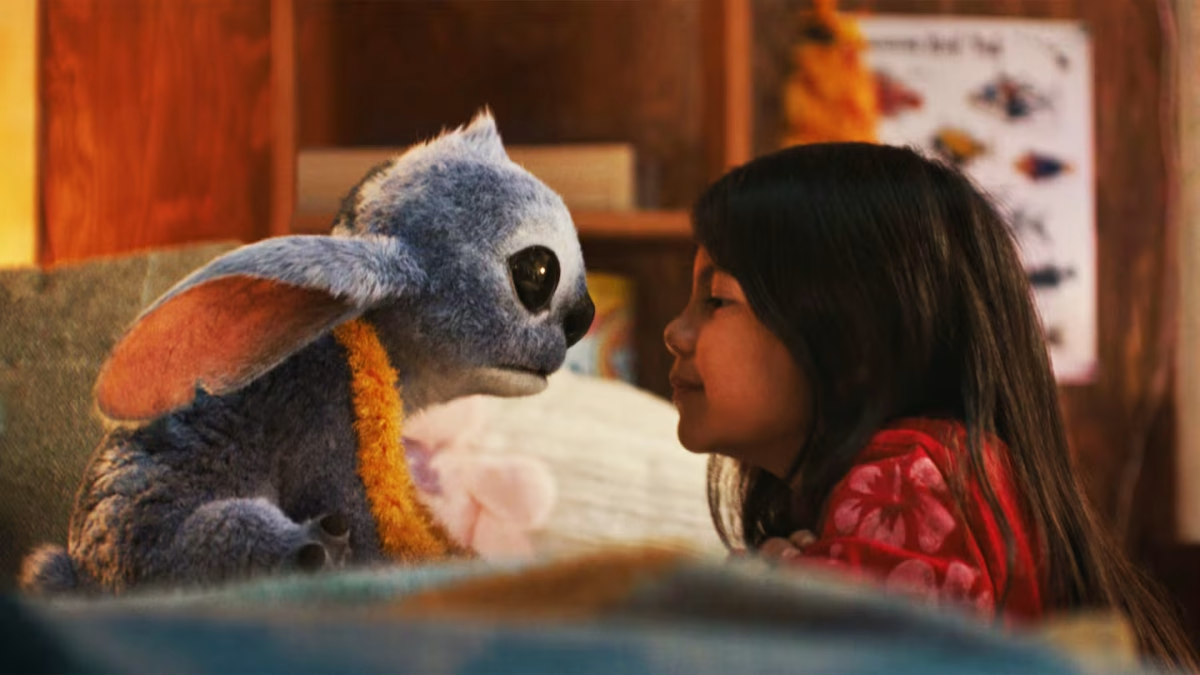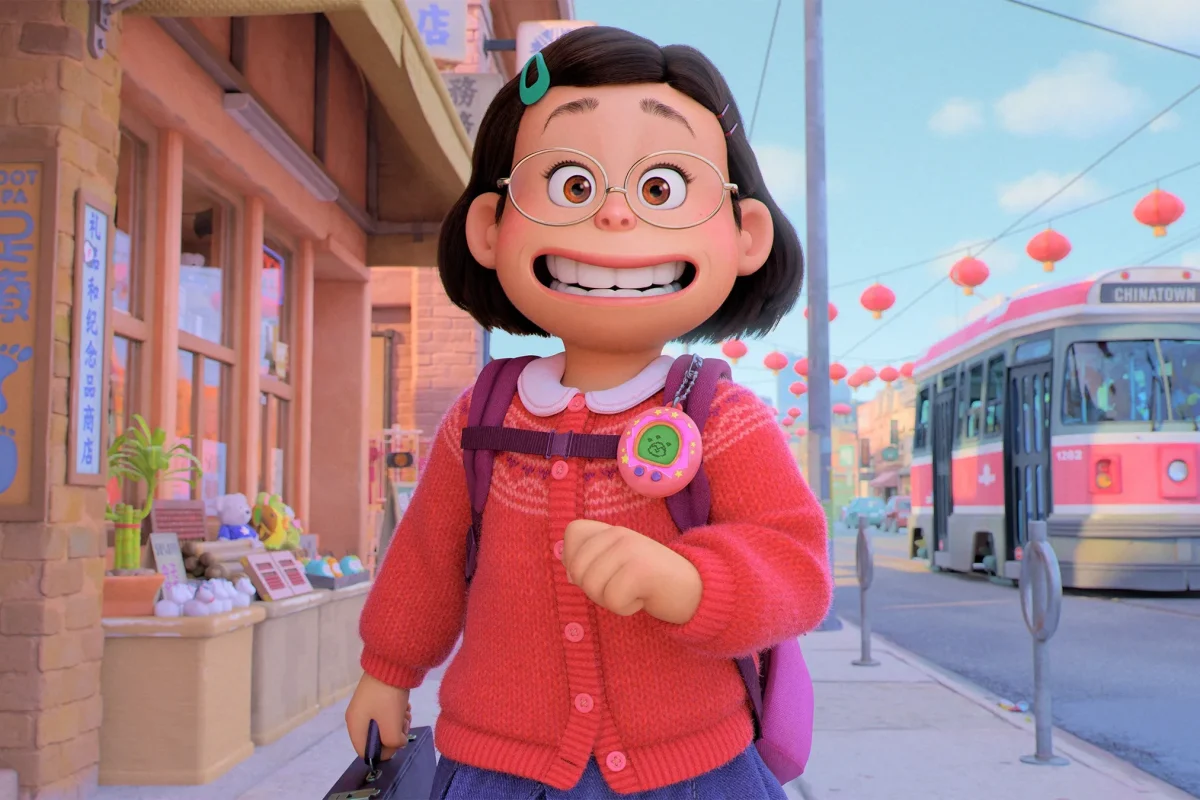[WARNING: SPOILERS AHEAD]
Premiering with punchy music and colors, the anime film “Colorful Stage! The Movie: A Miku Who Can’t Sing” came to America on April 17, three months after its initial debut in Japan. The movie is an adaptation of “Hatsune Miku: Colorful Stage!,” a rhythm game centered around 16-year-old Hatsune Miku, an animated vocaloid who has captured the hearts of many followers. To say that the movie’s release was anticipated is an understatement — the game itself has had an active community fanbase since 2020, amassing millions of global users in just two years after its release. Unsurprisingly, the film earned over $3.02 million within three days of its initial screening, ranking #7 at the box office overall.
The film begins with various fictional teen musical artists composing songs — including Hoshino Ichika, Kagamine Rin, Kagamine Len and Megurine Luka — until they meet Hatsune Miku, who appears in their world through digital appearances on devices. In their universe, multiple “sekais,” or worlds, have different variants of Mikus. This version of Miku begs for their help in making music so that she can reach the souls of those struggling in their daily lives. After many futile attempts at learning “true” music, Miku’s personal sekai is overrun by demons forged from the negative emotions of various other sekais, prompting the different bands to join together to make soundtracks that heal and revive people’s spirits. After much singing, Miku’s sekai is saved, and she finally learns how to imbue her music with genuine emotions.

To a certain extent, the movie expects viewers to have background knowledge — viewers who haven’t played the game before are left in the dark, as the film doesn’t provide context or introduce the characters. As the story progresses, viewers are left overwhelmed by the sheer amount of information, often during times when the plot ramps up. The animation is also plagued with many irrelevant scenes of the individual composers making music, which serve no purpose to the plot other than to extend screen time.
As the name suggests, “Colorful Stage! The Movie: A Miku Who Can’t Sing” utilizes vivid and impactful colors to symbolize the emotional turbulence the characters are experiencing. The bold, distinct and well-animated characters enchant the film with an additional sense of visual nuance. It’s also easy to appreciate the various animators’ skill — with each character lip-synced carefully, and has a bubbly style due to the video game’s prior work refining the design and graphics. In general, the adapted film lives up to the game’s grandiosity — each song has a distinct personality and rhythm, with each note highlighting the artistic creativity of the musical composers.
However, aside from the stunning visual qualities, the movie doesn’t attempt to merge or connect the characters emotionally in any way. The main characters have no reason to be together other than for the sake of the plot, as their goals and personal ambitions have no real synergy. Despite their common goal of helping Miku escape her chains of negativity, the composers have no overlap in music due to their contrasting styles. The film is arguably about community and connecting with others, so when the various protagonists decide to make separate and distinct songs without any form of commonality, it strikes the audience as awkward. Even the finale, when they band together to save her, the movie ends with a song sung by Miku and Miku alone, which deflates the viewer’s hope of a communal grand finale song.

Despite her aspirations of becoming a world-renowned singer, Miku often displays a timid, reserved personality — she rarely steps out of her bubble to do something that shocks or wows the audience. Unfortunately, that description bears a semblance to the film as a whole. Like Miku, the animation’s plot line fails to distinguish itself and relies on clichés rather than originality. Miku and the other bands experience no character growth, with their relationships remaining almost identical to that of the film’s beginning, bound together with unnatural rigidity. With such individually vivacious characters and excellent graphics, it’s unfortunate that the film isn’t willing to extend that energy to other aspects.
As the film credits slowly emerge, the movie ends on an unsatisfying note, with most of the characters wandering about their lives as if Miku never happened. Without its stunning graphics and audio, the audience struggles to find an aspect of the film that makes it memorable. For a movie that revolves around music, “Colorful Stage! The Movie: A Miku Who Can’t Sing” misses almost every beat, making it an unnecessary watch.
RATING: 2/5












